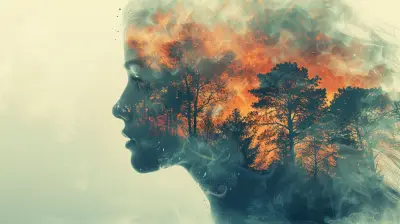The Role of Art Therapy in Processing Trauma
9 July 2025
When words fail, art speaks. That’s not just a poetic expression—it’s exactly what makes art therapy such a powerful tool for healing trauma. Trauma messes with your sense of safety, identity, and place in the world. And while talk therapy can be effective, it’s not always the easiest route for people who've been through deep emotional pain. That’s where art therapy steps in, offering an alternative way to express the inexpressible.
In this article, we’re going to dive deep into the role of art therapy in processing trauma—what it is, how it works, why it works, and who can benefit from it. So grab a cup of tea, get comfy, and let’s chat about how putting pen—or paintbrush—to paper can actually help you heal.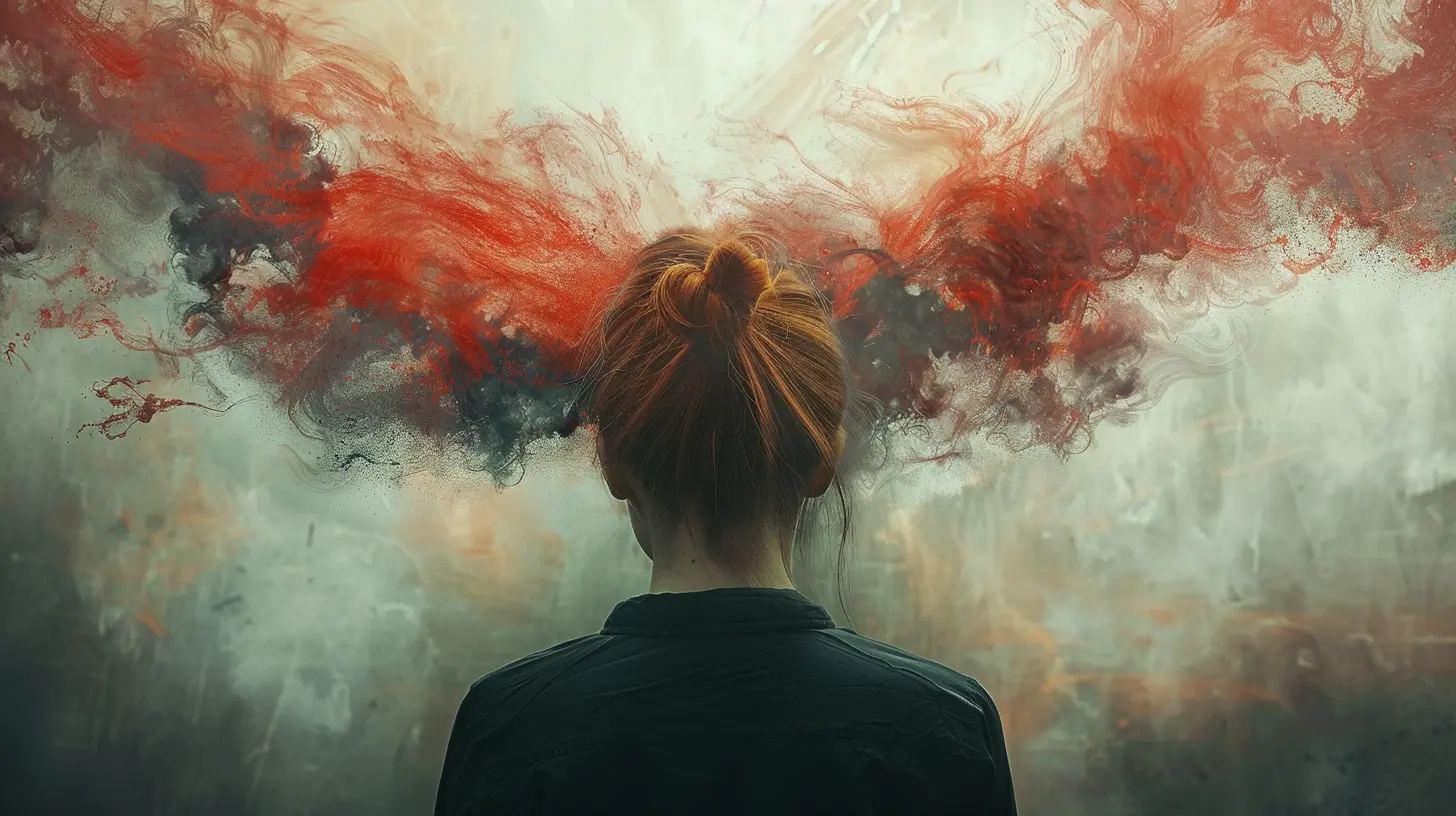
What Exactly Is Art Therapy?
Okay, let’s start simple. Art therapy is not just about painting pretty pictures or sculpting clay animals. It’s a legit form of psychotherapy that uses the creative process as a medium of expression and emotional healing. You don’t need to be Picasso to benefit from it—anyone can do it, even if your stick figures still look like spaghetti people.Trained art therapists guide individuals through creative activities such as:
- Drawing
- Painting
- Sculpting
- Collaging
- Photography
While creating, you don’t just make "art". You externalize emotions that are too tangled, buried, or chaotic to put into words. The art becomes a mirror and a message all in one.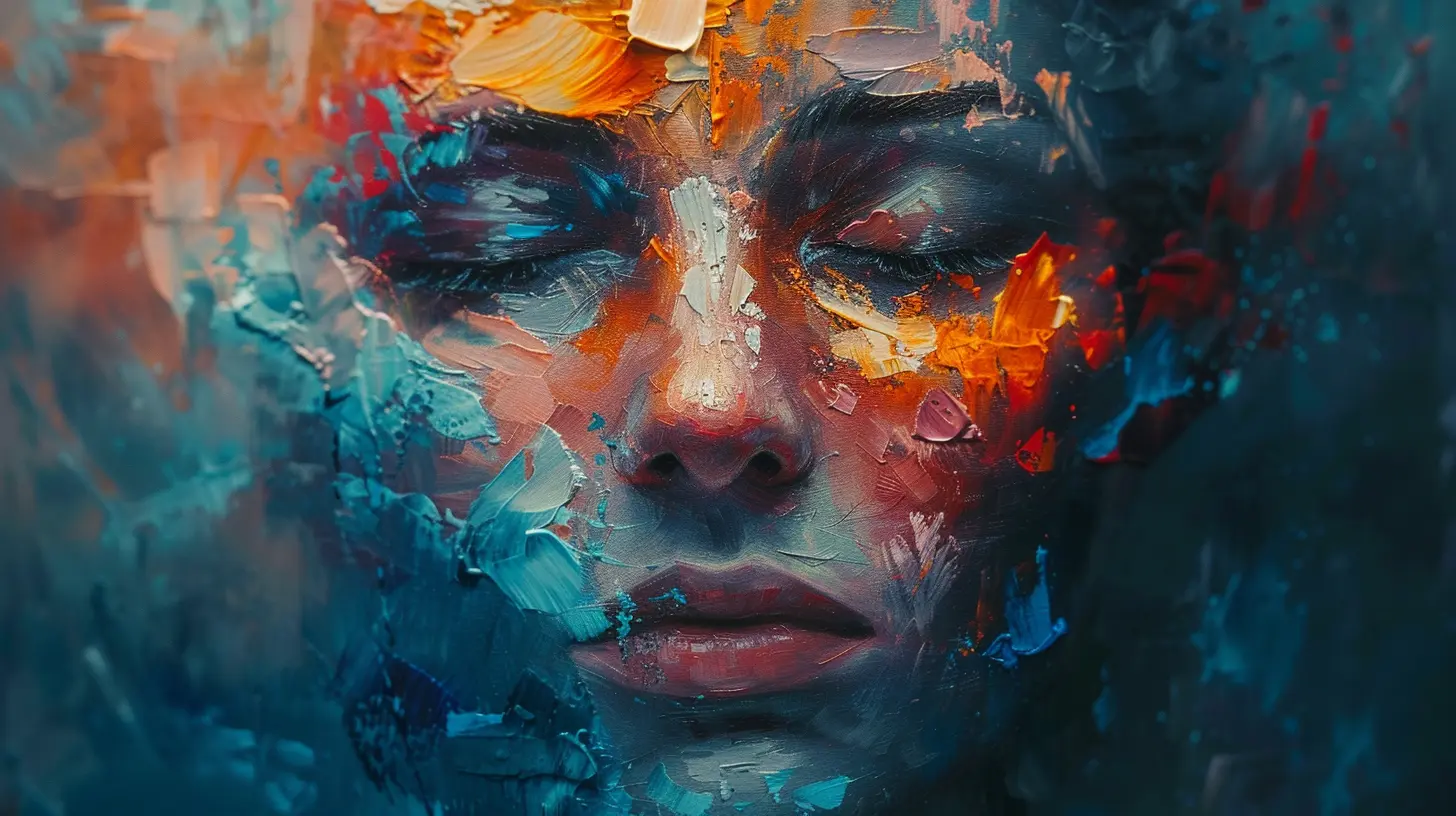
Why Trauma Needs More Than Just Talking
Think about it—when people go through something traumatic, they’re often left in a state of shock, confusion, or even numbness. Trauma doesn’t just settle in the mind; it lodges itself into the body and nervous system. Talking about what happened can be overwhelming, or even re-traumatizing.In fact, trauma often disrupts the brain's ability to use language effectively (hello, fight-or-flight mode). For many, especially children or those with developmental trauma, verbal communication just doesn’t cut it. That’s where art therapy becomes a lifeline.
It taps into the brain’s visual and sensory centers where trauma often resides, creating a way to process those memories without always having to talk them out. It's like opening a pressure valve slowly rather than blowing the lid off with a verbal explosion.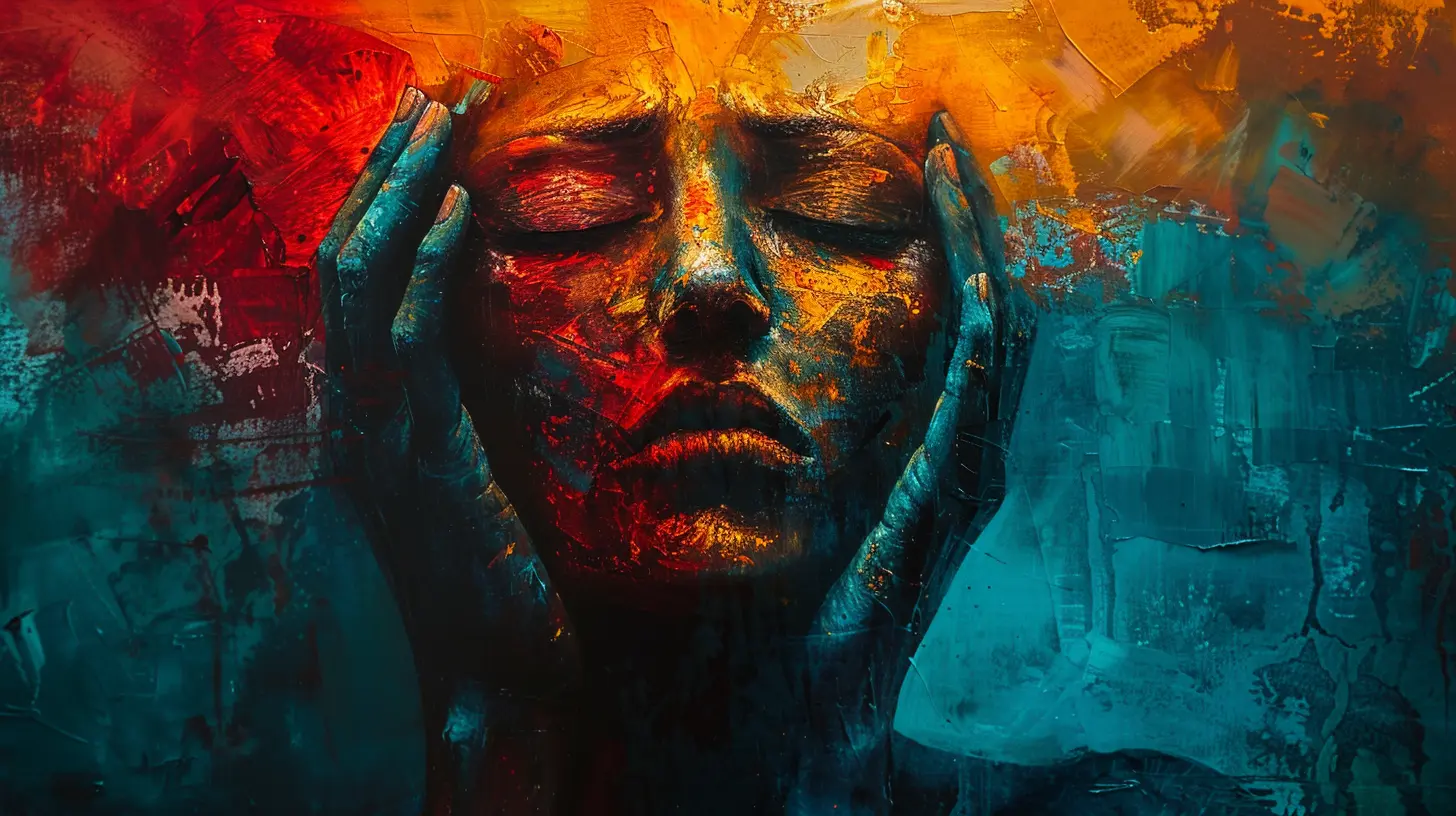
How Art Therapy Helps Heal Trauma
So, how does this all work on a deeper level? Let’s break it down.1. Access to the Subconscious Mind
Art therapy bypasses the logical, overthinking brain and taps into the subconscious. This is where a lot of unresolved trauma hides out, waiting for a safe time to emerge. Through drawing or sculpting, deep emotional wounds often reveal themselves—sometimes even surprising the person creating the art.Ever doodle on autopilot and then look back like, “Whoa—where did that come from?” That’s your subconscious speaking up. In art therapy, that’s not just random. It’s useful data.
2. A Safe Outlet for Difficult Emotions
Let’s be real: rage, grief, shame, fear—these are not easy emotions to sit with. They're messy, complicated, and often hard to talk about openly. Through art, these feelings can be channeled into color, form, and shape. You can scream in red on a canvas instead of into a pillow.Art gives emotions a safe place to exist outside your head without judgment. No need for perfect grammar or even coherence—just expression.
3. Restores a Sense of Control
One of the worst parts of trauma is the feeling of helplessness. You didn’t choose what happened to you—but in art therapy? You call the shots. You pick the materials. You decide what to create. You take control.This act of choice and agency, repeated over time in therapy, helps rebuild a sense of empowerment. It reminds the brain and body: "Hey, I’m not powerless anymore."
4. Encourages Non-Verbal Communication
Trauma survivors often struggle to articulate what they feel. Art bridges that gap. Symbols, colors, and shapes become their own language. A dark swirl might represent anxiety; a broken figure might speak volumes about loss.The beauty of this? Art therapists are trained to "read" these visual metaphors and help clients unpack them safely.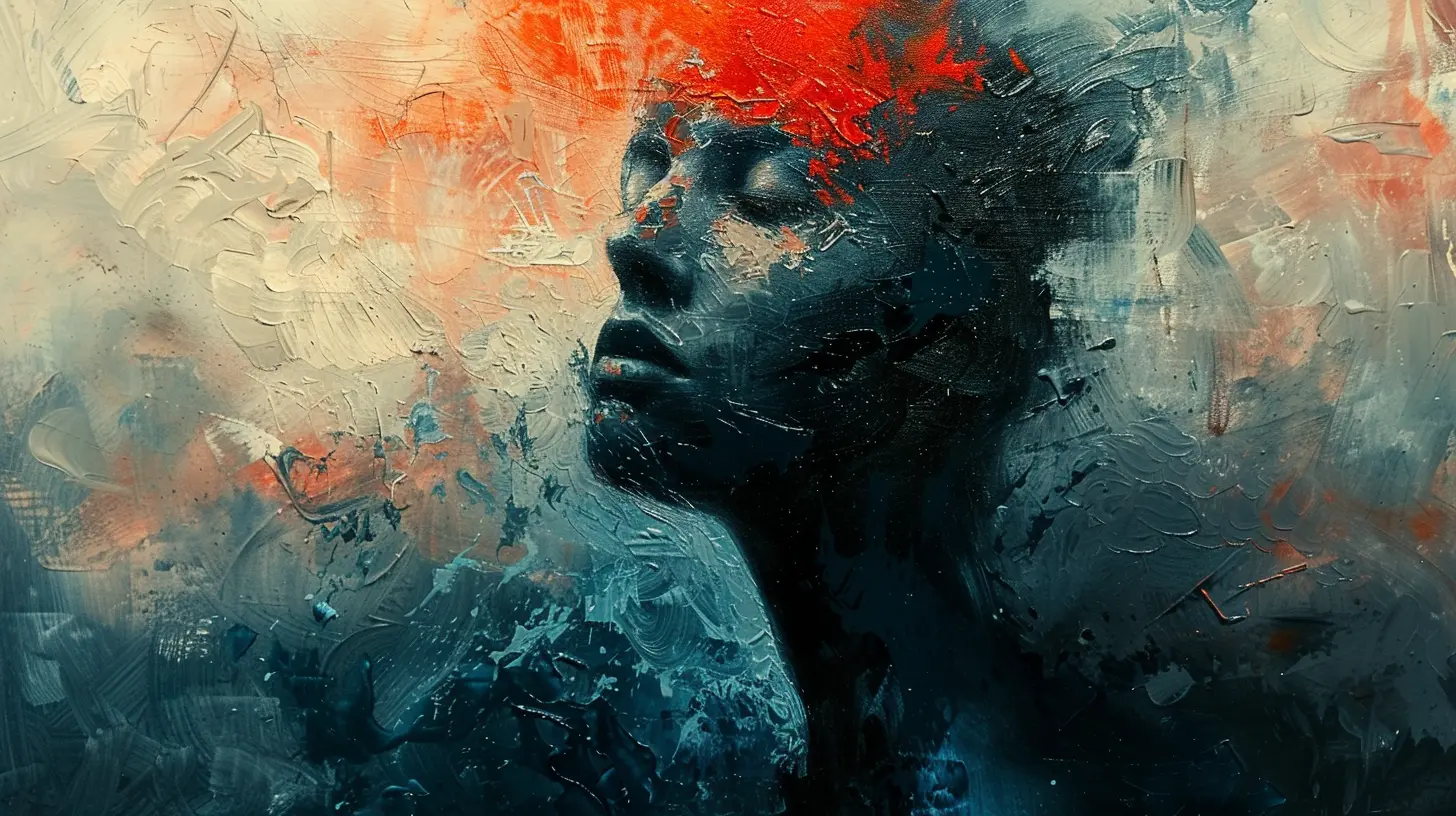
Who Can Benefit from Art Therapy?
Short answer? Pretty much anyone dealing with trauma. But let’s specify a bit more.✔️ Children and Teens
Kids often don’t have the vocabulary to explain complex emotions. Art gives them a way to "talk" without words.✔️ Veterans and First Responders
Dealing with PTSD, flashbacks, and survivor’s guilt can be a nightmare. Creative expression opens up space for relief and reconnection.✔️ Survivors of Abuse and Assault
Art therapy offers a non-threatening way to start the healing journey. It allows survivors to reclaim their story at their own pace.✔️ Refugees and Displaced Individuals
When language barriers exist, art therapy becomes an even more essential tool for emotional expression and cultural identity.Common Techniques Used in Art Therapy
Curious about what actually happens in an art therapy session? Here's a peek at some common techniques:🧠 Visual Journaling
Think of this as a diary, but instead of writing, you draw, paint, or collage your thoughts and moods.🎭 Mask Making
A great tool for exploring identity. The outside of the mask can represent the face people see, while the inside shows the hidden self.🖌️ Mandala Drawing
Creating circular patterns (mandalas) helps organize chaotic thoughts and brings a sense of calm—like mental yoga.📷 Phototherapy
Using photography to capture and reflect on emotions, memories, and life themes.Sure, it might sound a little “woo-woo” to some, but the benefits are backed by science. Numerous studies have shown that art therapy reduces cortisol (stress hormone), improves mood, and even decreases symptoms of PTSD.
Real-Life Impact: Stories of Healing
Let’s ground this with some real talk. Consider Anna, a 30-year-old who experienced childhood abuse. Years of talk therapy helped, but she hit a wall. It wasn’t until her therapist introduced art therapy that she uncovered buried memories through her drawings.Or Mike, a war veteran who found it impossible to discuss his combat experience. Through simple sketches, he began to express his fear, guilt, and grief—emotions he didn’t even know he was carrying.
These aren’t just feel-good stories. They’re examples of how creative expression can crack open doors that words can’t unlock.
Art Therapy in Group Settings
Here’s an interesting twist—art therapy isn’t always a solo gig. In group settings, it can foster connection and shared healing. You know that feeling when someone totally “gets” what you’ve been through? That kind of empathy is golden. Art therapy groups create a safe circle for shared expression and mutual support.Imagine a room full of people silently working on a piece of art, their emotions flowing onto the canvas. Even without talking, there's a collective energy that says, “You’re not alone.”
Digital Art Therapy: The Modern Frontier
In today's tech-savvy world, digital art therapy is on the rise. People are now using tablets, digital pens, and virtual sessions to engage in creative therapy—especially post-pandemic. It’s accessible, mess-free, and still packs a therapeutic punch.Can healing really come from drawing on an iPad? Heck yes.
Final Thoughts: It's About Expression, Not Perfection
Let’s wrap this up with something important: art therapy is not about making "good" art—it's about making honest art. Whether it’s chaotic, abstract, colorful, or scribbled in black pencil doesn’t matter. The magic lies in the meaning, the process, the release.If you or someone you love has been through trauma and traditional therapy just isn’t cutting it, give art therapy a chance. You might be surprised at what your hands have to say when your mouth can’t find the words.
Healing isn’t linear. Sometimes it looks like a swirl of colors, a smudge of charcoal, or a paper mache mask. And that’s okay. In fact, it’s more than okay—it’s brave.
all images in this post were generated using AI tools
Category:
TraumaAuthor:

Janet Conrad
Discussion
rate this article
1 comments
Emma McTavish
This article beautifully highlights art therapy's transformative power in healing trauma—thank you for sharing!
July 28, 2025 at 2:43 AM

Janet Conrad
Thank you! I'm glad you found the article impactful. Art therapy truly offers profound healing possibilities.
